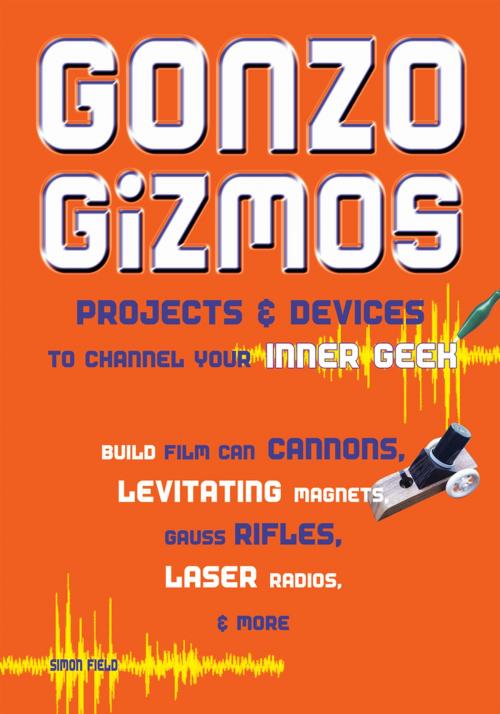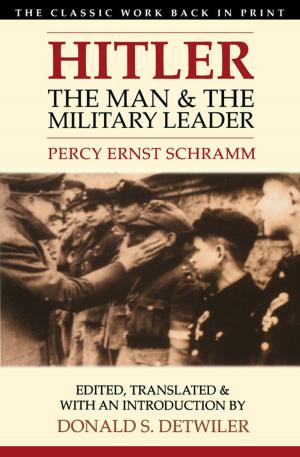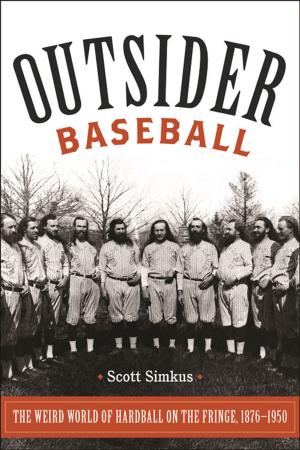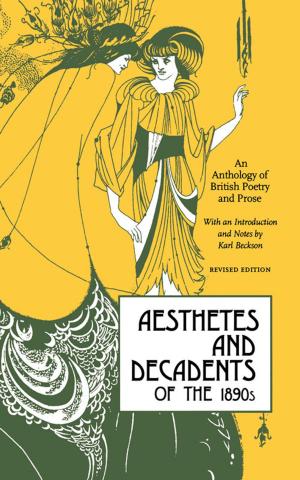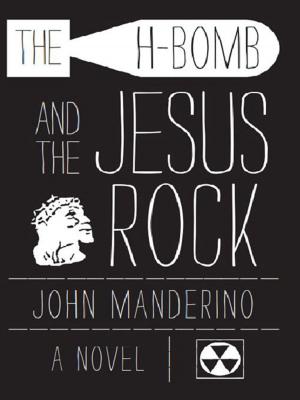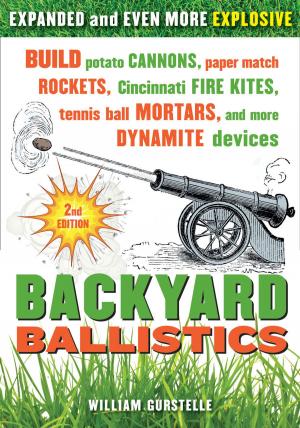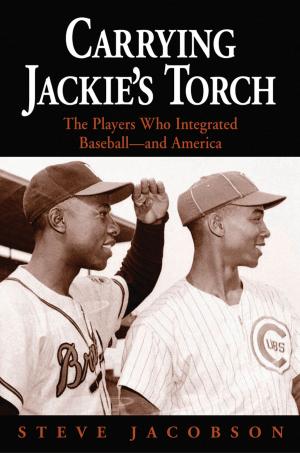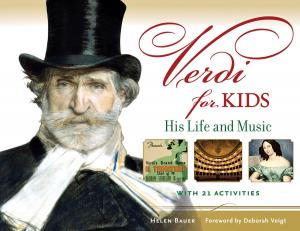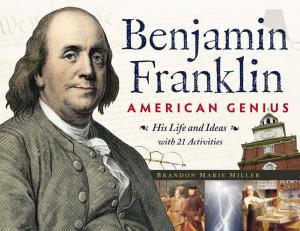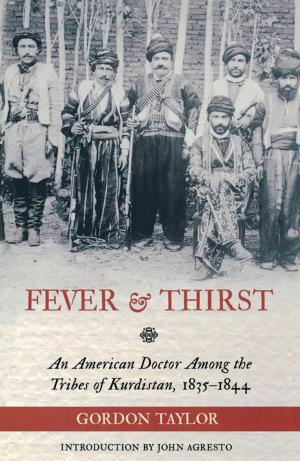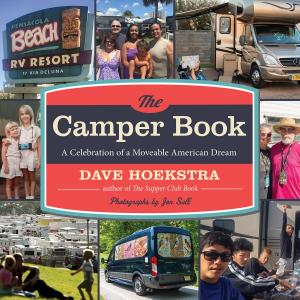Gonzo Gizmos
Projects & Devices to Channel Your Inner Geek
Nonfiction, Science & Nature, Science, Other Sciences, Experiments & Projects| Author: | Simon Quellen Field | ISBN: | 9781569766781 |
| Publisher: | Chicago Review Press | Publication: | December 1, 2003 |
| Imprint: | Chicago Review Press | Language: | English |
| Author: | Simon Quellen Field |
| ISBN: | 9781569766781 |
| Publisher: | Chicago Review Press |
| Publication: | December 1, 2003 |
| Imprint: | Chicago Review Press |
| Language: | English |
Step-by-step instructions to building more than 30 fascinating devices are included in this book for workbench warriors and grown-up geeks. Detailed illustrations and diagrams explain how to construct a simple radio with a soldering iron, a few basic circuits, and three shiny pennies. Instructions are included for a rotary steam engine that requires a candle, a soda can, a length of copper tubing, and just 15 minutes. To use optics to roast a hot dog, no electricity or stove is required, just a flexible plastic mirror, a wooden box, a little algebra, and a sunny day. Also included are experiments most science teachers probably never demonstrated, such as magnets that levitate in midair, metals that melt in hot water, a Van de Graaff generator made from a pair of empty soda cans, and lasers that transmit radio signals. Every experiment is followed by an explanation of the applicable physics or chemistry.
Step-by-step instructions to building more than 30 fascinating devices are included in this book for workbench warriors and grown-up geeks. Detailed illustrations and diagrams explain how to construct a simple radio with a soldering iron, a few basic circuits, and three shiny pennies. Instructions are included for a rotary steam engine that requires a candle, a soda can, a length of copper tubing, and just 15 minutes. To use optics to roast a hot dog, no electricity or stove is required, just a flexible plastic mirror, a wooden box, a little algebra, and a sunny day. Also included are experiments most science teachers probably never demonstrated, such as magnets that levitate in midair, metals that melt in hot water, a Van de Graaff generator made from a pair of empty soda cans, and lasers that transmit radio signals. Every experiment is followed by an explanation of the applicable physics or chemistry.
